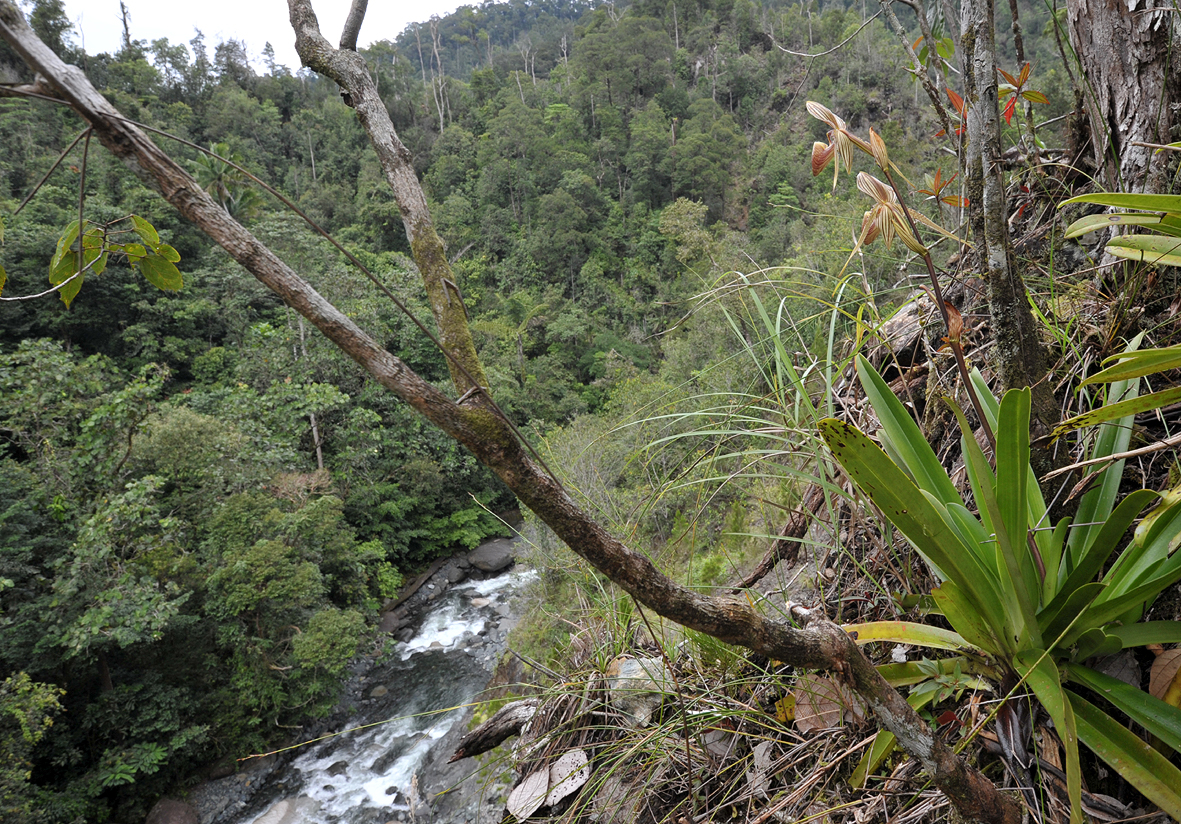Darker green leaves in the same growing situation means higher chlorophyll content which means more photosynthates which means more food for the plant which means more growth.
Unless the darker green leaf is the result of high nitrogen levels in low light levels then the result is less growth. "Dark" green leaves are not indicators of the most productive growth conditions. They may look prettier but that does not mean the plant is growing the most or fastest or will produce the most or best blooms.
(Disclaimer.... I do possess and use UREA)
Assuming the photos are of pale green plants that had been grown with MSU at correct dose and application rates ... then something is wrong besides the fertilizer. MSU may not be perfect under all conditions but it should produce greener leaves than the bottom picture and switching to UREA may only be a mask for other problems.
Seeing new growths starting is excellent but one or two new growths is normal and not a result of the type of nitrogen. There seems to be many variables present in the photos. Some of the media looks very old and some looks very fresh, did repotting have a bigger effect on starting new growths than the UREA? Most of the pots seem to have a high CHC content and CHC has a reputation of causing abnormal nutrient supply situations. (fyi..I happen to like CHC)
Many factors may be present causing the previous poor growth besides the nitrogen type. It would be nice to know what changes in growing conditions may have also occurred to validate the effect of the UREA.
Chances are the poor growth is related to the pH rather than nitrogen type. If switching to UREA solved the pH problem then it's a perfect solution.
Take care not to use this example as a reason to switch to UREA to get darker green , prettier leaves. UREA usually darkens leaf color because it is absorbed by the leaf itself rather than the roots. The question is why were the roots not correctly using the MSU fertilizer.
For Polyantha the results are great. Perfect. But will long term use of the UREA maintain the 6 month results?








































